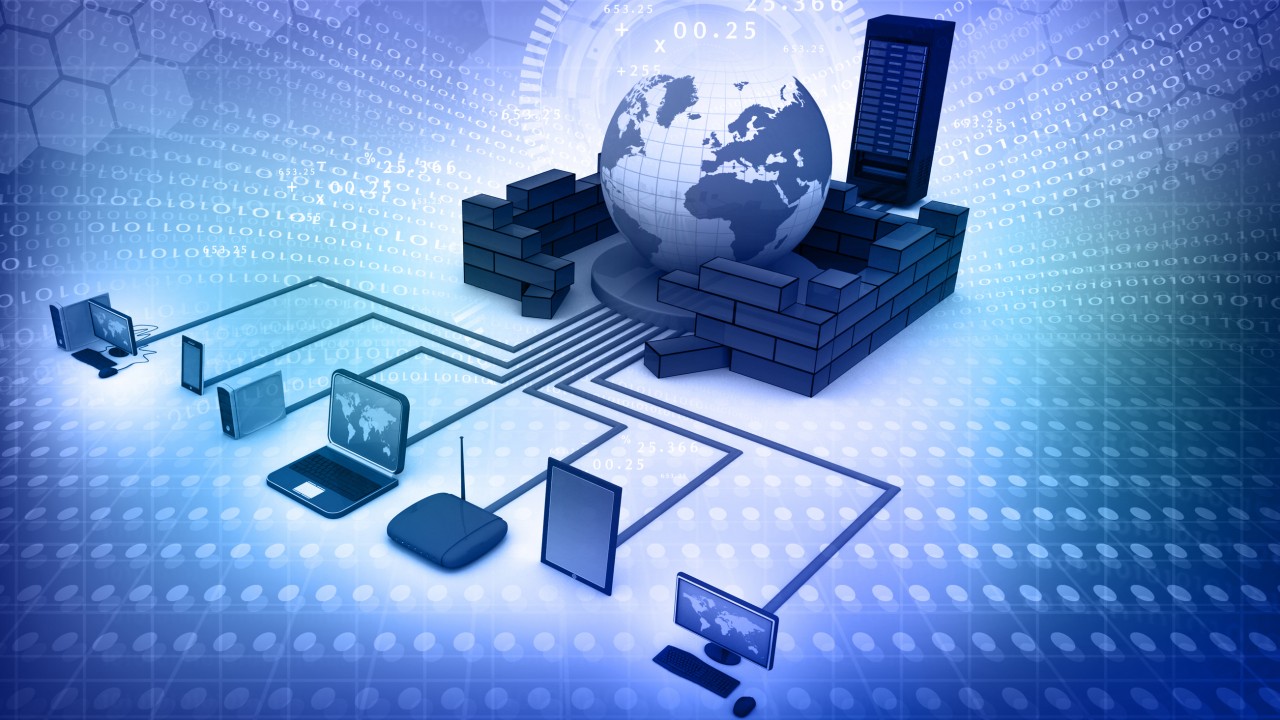Enterprise Agenda: Finding Your Fit with Disaster Recovery
Preparing for disaster recovery is worth more than gold when an outage occurs. When the recovery process acts and feels like muscle memory instead of a scramble to figure out what to do, a business can recover faster and avoid the costly outages that impact every organization at some time or another.
There are two fundamental ways to prepare your company for an outage: building your own infrastructure with redundant data centers, or using a third-party Disaster Recovery as a Service (DRaaS) solution. Either option has its risks and challenges, as well as rewards. To help explain both the risks and challenges, in this iteration of the Enterprise Agenda, we are going to take a closer look at the DRaaS model and why it may be an option for your company.
Business schools teach you to invest where you have strengths and to outsource non-core components of your company. A simple way to illustrate this is the example that many companies do not own the building they are located in, they rent or lease the space. Why? Because when you buy a building, you become a real-estate company and if that’s not your strength, then you are investing time and money into an aspect of your business that does not benefit your core capabilities. By leasing space, you pay a company whose core strength is real-estate
This focus on core business is behind the DRaaS model: Let a company that specializes in disaster recovery handle your outages while you focus on what your business is good at. This isn’t to say that by signing up with a DRaaS provider you no longer have to prepare for outages. That’s not true, but it dramatically streamlines the preparation process as you don’t have to build out the infrastructure needed; you simply lease it on an as needed basis.
If you do opt to use a DRaaS provider, you will still need to go through a process of selecting a vendor, defining recovery-point time and objectives, determining if there are any legal requirements for data protection, and of course, testing your solution in lock-step with that provider. If you are looking for guidance about how to move to a DRaaS solution, Veeam has a helpful eBook that has the objectives you need to follow to make a smooth transition. You can download it here (it’s free).
So why would you go DRaaS and not build your own solution? There are several advantages to the new model, the biggest being the cost. A typical DRaaS provider charges as you utilize the service, and there are no upfront hardware costs to swallow. Additionally, because there is no hardware to buy, you are no longer paying for maintenance of your environment and instead have a predictable monthly expense from a service provider.
Yes, with a disaster recovery service you do lose a little bit of the ability to customize. When you build out your own deployment, you have complete control over the entire process and can custom-build a solution that fits exactly what you need. But at the same time, you then have to maintain that environment and deal with aging hardware.
DRaaS companies are not a trend and are here to stay. If your company’s core focus does not involve building out its own data centers, a DRaaS solution makes a lot of sense. DRaaS is a good strategy for offloading the recovery of your business to a vendor specializing in this need. With DRaaS, you can focus on the core aspects of your business.



